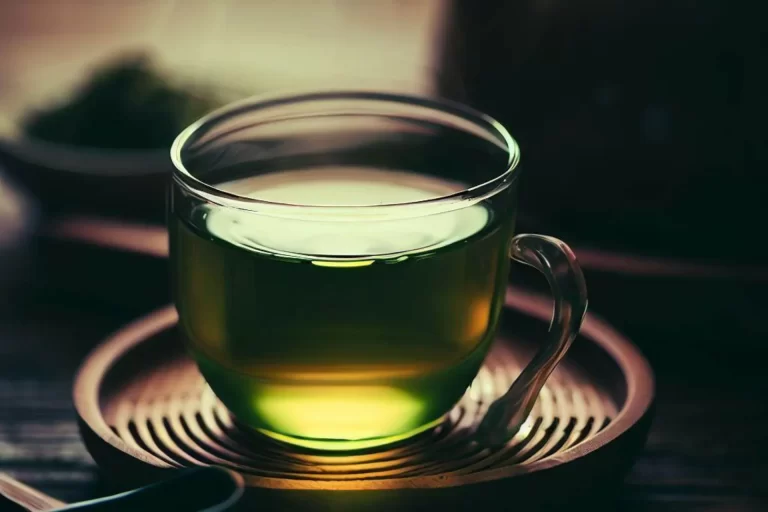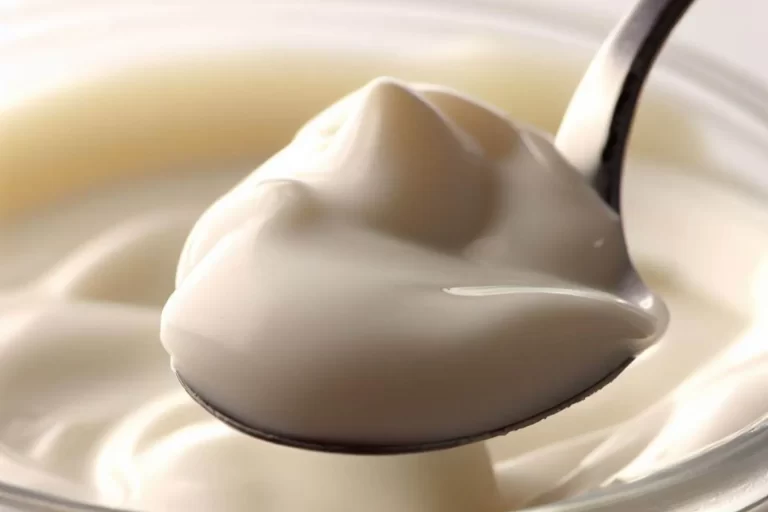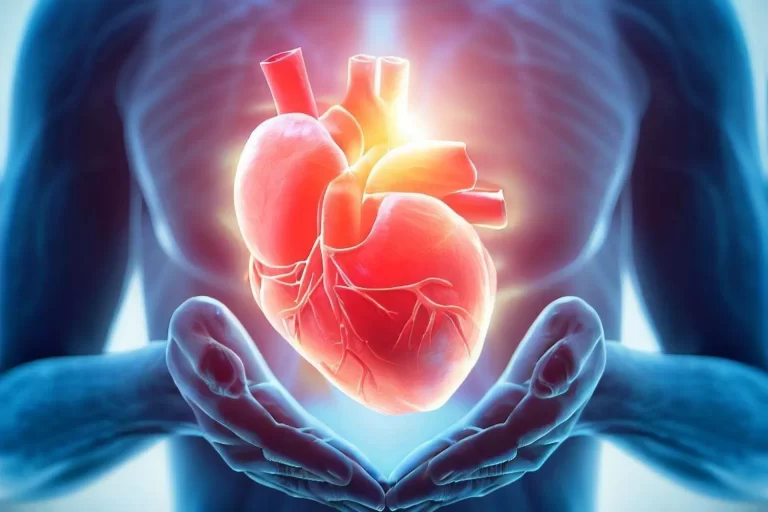What is green tea?
Green tea is a type of tea produced by utilizing the leaves of the Camellia sinensis plant. It originated thousands of years back in China and is now consumed worldwide for its many health benefits and unique flavor.
Research has suggested that drinking green tea regularly may help to reduce the risk of several chronic diseases and may also help to promote weight loss, boost brain function, and improve skin health.

History of Green Tea:
Green tea has been consumed for many years, with its origins tracing back to China during the Tang dynasty (618-907).
According to a legend, the first person to discover the benefits of green tea was Emperor Shennong, who was said to have accidentally discovered it when a tea leaf fell into his boiling water.
With time, the popularity of green tea grew, and it became a part of Chinese culture. It was widely consumed for its medicinal properties and was often used as a cure for various ailments.
Green tea eventually spread to other parts of Asia, including Japan, where it became integral to the country’s culture. Japanese tea ceremonies, which date back to the 16th century, often feature the preparation and consumption of green tea.
Today, It is consumed around the world for its unique flavor and numerous health benefits.
What is the chemical composition of green tea extract?
Green tea extract contains several bioactive compounds, including polyphenols, catechins, alkaloids, and amino acids, responsible for many health benefits.

One of the most well-studied compounds in green tea extract is epigallocatechin gallate (EGCG), which possesses antioxidant, anti-inflammatory, and anticancer properties.
Types of Green Tea:
There are several types of green tea. Some are as follows:
Sencha: This is the most commonly consumed green tea. Sencha is made from steamed tea leaves and has a grassy, vegetal flavor.
Matcha: Matcha is powdered green tea used in Japanese tea ceremonies. Matcha has a creamy flavor and is often used in desserts and lattes.
Dragonwell: Also known as Longjing, this Chinese green tea is grown in the Hangzhou region of Zhejiang province. Dragonwell is pan-fired, which gives it a nutty, toasted flavor.
Gyokuro: This is a high-quality Japanese green tea grown in the shade for weeks before harvesting. The shading process increases the tea’s chlorophyll content and gives it a sweet, delicate flavor.
Gunpowder: This Chinese green tea is named for its rolled-up, pellet-like appearance. It has a smoky, slightly bitter flavor and is often used in Moroccan mint tea.
Bancha: Bancha is a Japanese green tea made from mature tea leaves harvested later in the season. It has a slightly astringent flavor and is often served with meals.
Huangshan Maofeng: This Chinese green tea is grown in the Huangshan Mountains of Anhui province. It has a delicate, floral flavor is known for its long, thin leaves.
Each type’s flavor, aroma, and health benefits can vary depending on factors such as growing conditions, processing methods, and brewing techniques.
How does green tea work on the body?
Green tea contains some beneficial compounds, including polyphenols and catechins, known for their antioxidant properties.
These natural compounds have been shown to have a number of potential health benefits, such as reducing inflammation, improving heart health, and potentially reducing the risk of certain types of cancer.
One of the critical ways green tea works in the body is by promoting the production of certain enzymes that help protect cells against oxidative damage.
The interaction between unstable molecules known as free radicals and cells causes damage referred to as oxidative damage. This damage can contribute to aging and the development of various diseases.
In addition, green tea has also been shown to have potential anti-inflammatory effects. By reducing chronic inflammation, green tea may help to reduce the risk of some diseases, such as heart disease and cancer.
How many antioxidants are present in green tea extract?
The number of antioxidants in green tea can vary depending on the type of tea and how it is prepared.
Studies have shown that one cup of green tea (240 ml) can contain anywhere from 50 to 150 mg of EGCG. In addition to EGCG, green tea contains other catechins and polyphenols that contribute to its antioxidant activity.
What are the health benefits of green tea?
Green tea is a healthy beverage that has been enjoyed for centuries. It contains various natural compounds that can benefit your health in many ways.
Here are some potential health benefits of green tea:
Boosts your immune system: Green tea contains antioxidants and other compounds that may help strengthen your immune system, which can help protect you from illness and disease.
May help prevent cancer: Some studies suggest that the antioxidant compounds in green tea may help protect against certain types of cancer, such as breast, prostate, and lung cancer.
May help lower cholesterol: Drinking green tea may help lower your “bad” LDL cholesterol levels, reducing your heart disease risk.
May improve brain function: The caffeine and other compounds in green tea may help improve cognitive function and increase alertness.
May help you lose weight: Some studies have found that green tea may help boost your metabolism and burn fat, which could help with weight loss.
More research is needed to understand green tea’s health benefits fully. However, incorporating green tea into a healthy lifestyle can be a good choice for many people.
Possible side effects of green tea?
While green tea is generally considered safe for most people, consuming excessive or taking green tea supplements may cause some side effects.
Here are some potential side effects of green tea:
Caffeine-related side effects: Green tea contains caffeine, which can cause side effects such as sudden anxiety, jitteriness, rapid heartbeat, and difficulty sleeping.
Digestive issues: Drinking too much green tea may cause digestive problems such as stomach pain, nausea, and diarrhea.
Iron deficiency anemia: The tannins in green tea may interfere with iron absorption, leading to iron deficiency anemia in people who are already at risk.
Liver damage: While rare, some cases of liver damage have been reported in people who consume large amounts of green tea or green tea supplements.
Interactions with medications: Green tea may interact with certain medications, including blood thinners, antibiotics, and some antidepressants.
If you’re concerned about the potential side effects of green tea. In that case, you must talk to your doctor or a healthcare professional before changing your diet or supplement regimen.
Does green tea contain caffeine?
Yes, green tea contains caffeine. Usually, a cup of green tea contains about 25-50 mg of caffeine, less than a cup of coffee (which can contain 95-165 mg of caffeine per cup).
However, certain types of green tea, such as matcha, can contain higher amounts of caffeine.
How to consume it?
Green tea can be consumed in various ways, and the best method depends on personal preference and the desired benefits.

Some common ways are:
Hot tea: Steep green tea leaves or bags in hot water for 5-10 minutes, then consume the brewed tea.
Iced tea: Brew green tea using hot water and then chill it in the refrigerator or over ice. You can add lemon, honey, or other flavors to enhance the taste.
Matcha: This is a finely ground powder made from green tea leaves. Mix the powder with hot water, drink it as tea, or add it to smoothies or other drinks.
Green tea supplements: These are available in the form of capsules, tablets, or powders. However, consulting with a healthcare professional before taking any supplements is important.
Consuming green tea in moderation is recommended, which is about 2-3 cups per day.
Conclusion:
Green tea is a rich natural source of antioxidants, especially EGCG. It may offer various health benefits, such as reducing the risk of chronic diseases. However, it may cause side effects in some individuals, particularly those sensitive to caffeine.
Note: We do not provide any medical advice.
REFERENCES
1. National Center for Complementary and Integrative Health. “Green Tea.” https://www.nccih.nih.gov/health/green-tea [4-13-2023].
2. Yang, Chung S., Jeong-Hwa Choi, and Jung Han Yoon Park. “Green Tea Catechins and Cardiovascular Health: An Update.” Antioxidants 8, no. 6 (2019): 180. https://doi.org/10.3390/antiox8060180 [4-13-2023].
3. Hursel, Rick, and Margriet S. Westerterp-Plantenga. “Catechin- and Caffeine-rich Teas for Control of Body Weight in Humans.” The American Journal of Clinical Nutrition 98, no. 6 (2013): 1682S-93S. https://doi.org/10.3945/ajcn.113.058396 [4-13-2023].
4. Dattner, Christine; Boussabba, Sophie (2003). Emmanuelle Javelle (ed.). The Book of Green Tea. Universe Books. p. 13. ISBN 978-0-7893-0853-5. [4-13-2023].
5. Carmen Cabrera, Reyes Artacho & Rafael Giménez (2006) Beneficial Effects of Green Tea—A Review, Journal of the American College of Nutrition, 25:2, 79-99, DOI: 10.1080/07315724.2006.10719518 [4-13-2023].
6. Heiss, Mary Lou; Heiss, Robert J. (2007). The Story of Tea: A Cultural History and Drinking Guide. Berkeley: Ten Speed Press. [4-13-2023].
7. Chacko, S. M., Thambi, P. T., Kuttan, R., & Nishigaki, I. (2010). Beneficial effects of green tea: a literature review. Chinese medicine, 5, 13. https://doi.org/10.1186/1749-8546-5-13 [4-13-2023].







